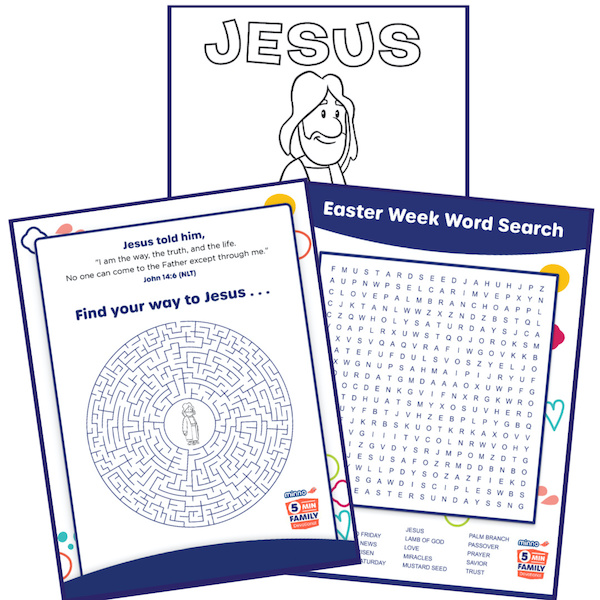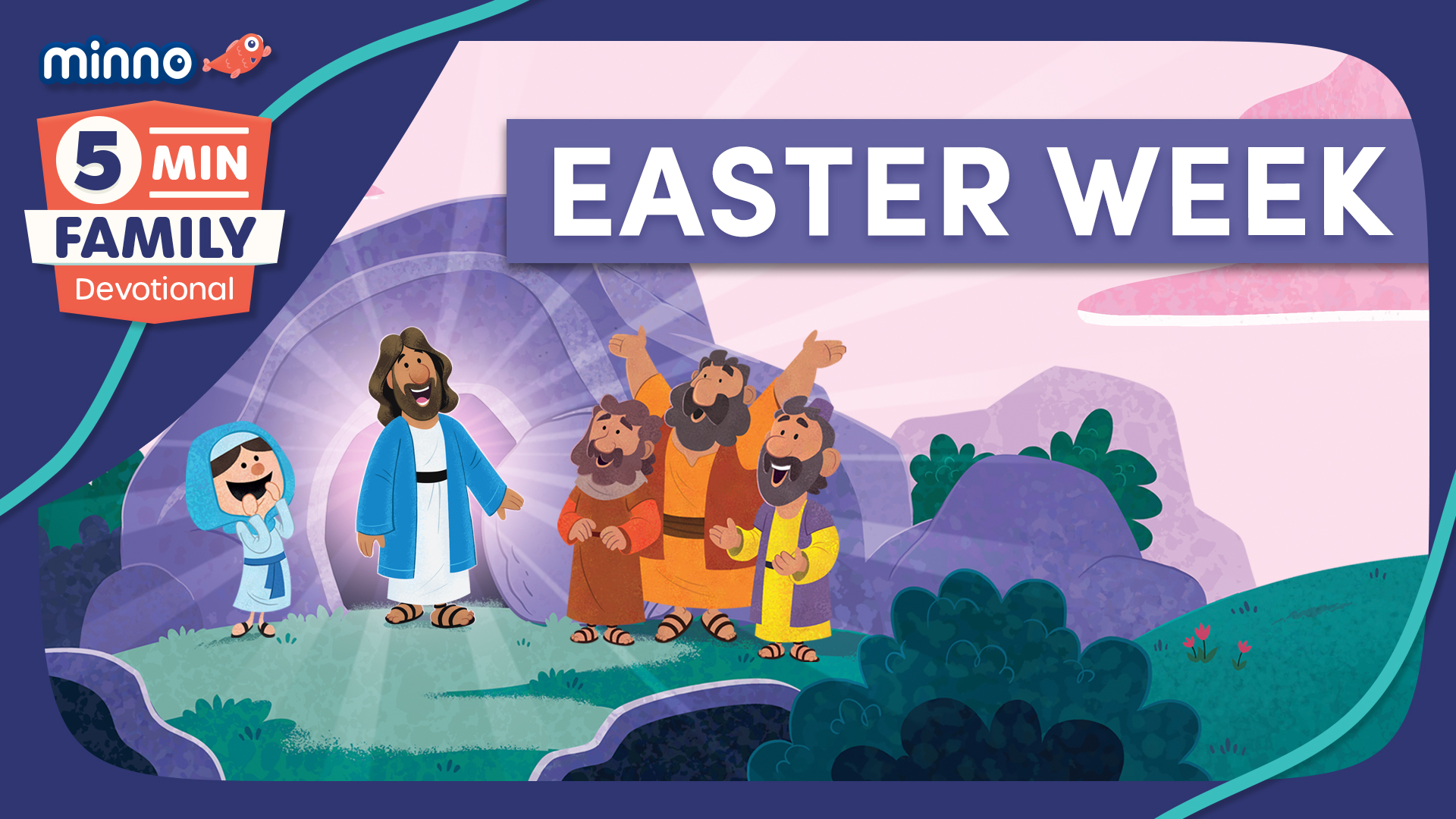Teaching our Kids to Wait for Easter

Not long after my first son was born, I purchased a small, decorative wire tree. It stands about 2 feet tall with a sparse number of burlap leaves, and I intended to use it all year long. As a child, I always loved the magic of the different holidays, and the small but fun ways my parents found to celebrate Valentine’s Day or St. Patrick’s Day, or the Fourth of July. I wanted to recreate the same traditions in our home, so I bought acorn ornaments for Thanksgiving, and Easter eggs for the spring.
Right now, that little tree is bare. I have been debating when is the right time to hang those Easter eggs on its branches, and I feel a bit torn. Most likely, I will pull out the eggs some time in March, right around the time the first green Dogwood buds appear. However, another part of me feels the urge to wait. Easter isn’t something to rush.
When it comes to Easter, Christians have historically followed a certain rhythm. Lent was a season of fasting and repentance. Then came Holy Week, when we remember Jesus’ final days on earth. The mourning of this week culminated with Good Friday, the day of Jesus’ death. Still today, many churches observe Good Friday by draping the cross in black. They quietly file into their sanctuaries to sing hymns in the style of funeral dirges. Some churches toll the bell thirty times, once for each piece of silver Judas received for betraying his Lord.
Several years ago I attended a Good Friday service that observed the day very differently. The music was celebratory. We sang songs of resurrection. The sermon briefly mentioned Jesus’ death but skipped right over it to the empty grave. My husband and I looked at one another, confused. Did they know what Good Friday was about? Why did it feel like Easter had been extended into a weekend-long celebration?
It’s funny to say, but we were disappointed by the joy. Something deep inside of us missed the heaviness and the darkness of a traditional Good Friday. Although the tradition of Good Friday is somber–not exactly the “magic of childhood” I described above–it provides the bleak landscape onto which Easter bursts like a blinding light. Joy tastes so much richer when you remember that once, in the past, the world seemed hopeless.
I suspect that church had succumbed to a temptation we all face: to avoid the hard stuff. We don’t like to sit in the darkness, and we certainly don’t like to wait. But that is exactly what the disciples did for three days. They waited, they despaired, and they believed that God had lost.
And then, Jesus sprung from the grave, and all of history has never been the same. Those disciples experienced the full spectrum of emotion–from grief to amazement, to overwhelming joy–and it changed them. That’s one of the reasons why Christians have been reenacting their journey ever since. It changes us too. It writes a deep and important truth into your hearts, that no matter the loss, the brokenness, or the darkness, God wins, and hope is the end of our story.
My boys are little. My oldest still thinks Jesus is in his tummy (whatever that means!). We are still years away from a true understanding of Easter, let alone Good Friday. Whether or not I hang the eggs, it won’t make much of a difference this year.
But still, it’s gotten me to thinking. As a Christian and a parent, I wonder what it looks like to teach my children to wait for Easter. I certainly don’t think it means we skip Easter egg hunts, or reject Easter candy early in the week. I do think there are creative ways to remember Jesus’ death before we remember his resurrection.
Parents can find plenty of resources in books and online to help walk their children through Holy Week. One resource I really love is Easter Readings for the Very Young. It has age-appropriate messages for each day, along with activities to help your children engage.
On Maundy Thursday–when we remember Jesus washing his disciples’ feet–families can wash one another’s feet, and talk about what that means. You can also find recipes for an Empty Tomb Cake, another creative way for your kids to engage the Easter story in its fullness.
On the original Easter morning, Jesus’ disciples were surprised by hope. The resurrection exploded into history and disintegrated the darkness, and Holy Week invites us into that moment. It’s not just about tradition or even remembrance, but teaching our souls the story of God. Each of us will face seasons of darkness, and our children will too, but Holy Week prepares our feet to walk through it. It prepares us to follow a God who cannot be swallowed by the darkness–which means that neither will we.
More Ways to Engage Your Kids as You Anticipate Easter:

Download our Easter Coloring and Activity Pack for coloring sheets, a word search, and maze to engage your kids as they learn about Holy Week and Easter.
Watch the Easter Week 5 Minute Family Devotional Series on Minno!
. . . . . . . . . .
If you’re already a Minno subscriber, watch now!
Not a subscriber? What are you waiting for?!
Sign up for your free trial HERE.
Read about all the days of Holy Week in this series:
What is Holy Week?
Holy Week History: What is Palm Sunday?
Holy Week History: What is Maundy Thursday?
Holy Week History: What is Good Friday?
Holy Week History: What is Easter Sunday?
Sharon Hodde Miller is a writer, speaker, pastor’s wife, and mom. She is a regular contributor to Her.meneutics, and has also written for Propel, (in)courage, Relevant, Gifted for Leadership, The Gospel Project, and Christianity Today. To read more of her writing, visit her blog at SheWorships.com.
